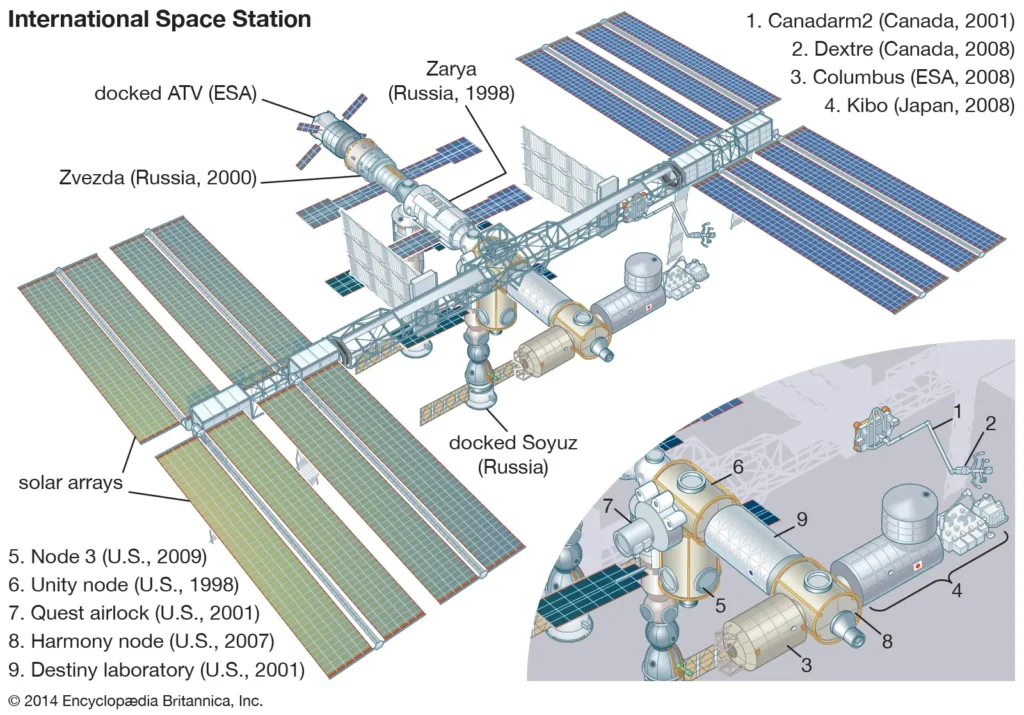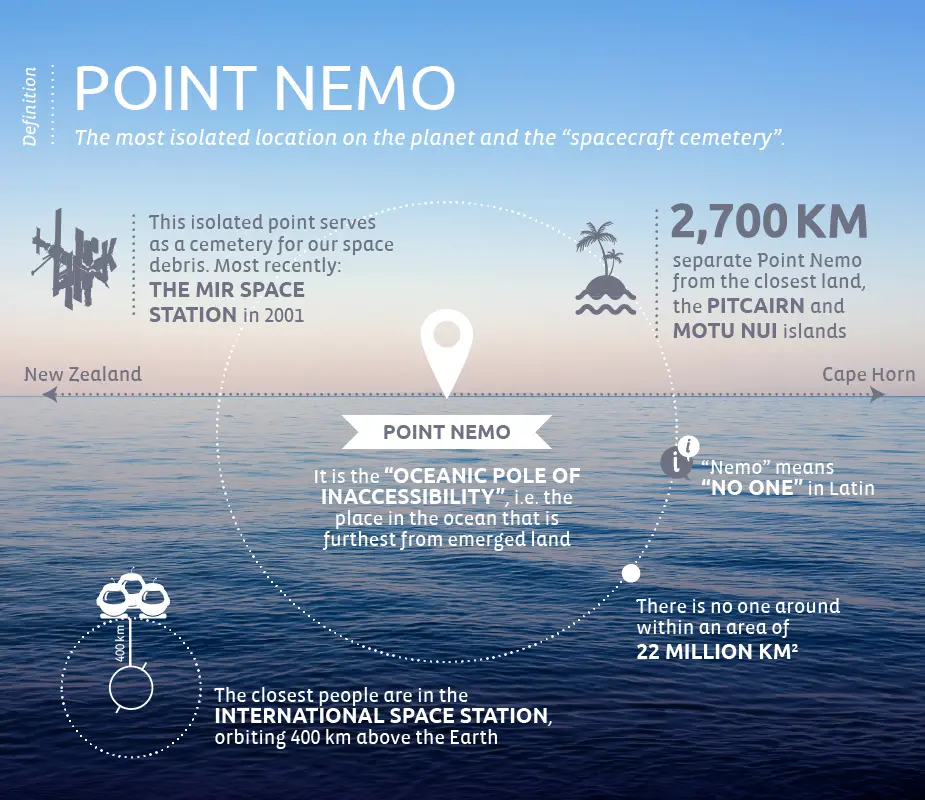HISTORY
hassan muzzafar haq
October 1st, 2023
The ISS: Humanity's Heavenly Outpost
Far from establishing the intergalactic empires and planetary colonies present in the many futures of science fiction, humanity has much to accomplish if it is to bridge the gap between reality and its own imagination. To consolidate what we envision in our minds and where our existing progress places us today, many centuries of persistent social and intellectual struggles are still ahead. Although there is still a long journey ahead when it comes to approaching the vision we have for our place in the stars, one of the greatest steps forward on that winding path has been the launching of the International Space Station.
Launched into orbit in 1988, the ISS is the largest modular space station in low Earth orbit, both in size and importance. Comprising several interconnected modules and laboratories, this colossal structure orbits Earth at an altitude of approximately 400 kilometers, traveling at a speed of 28,000 kilometers per hour. For more than two decades now, it has been a hub for technological advancements of all kinds, serving as one of the focal points on which our capacity for international diplomacy and scientific research has pivoted invariably since its inception. Astronauts from various nations have called the ISS home on numerous occasions, as it has acted as the foundation from which we have soared to new heights in the world of space sciences.
Circling the Earth in the silent majesty of the heavens, it is a symbol of the best in us, our shared pursuit of knowledge and the boundless possibilities of human endeavor."
- President Ronald Reagan
The ISS project involves a great number of well-known space agencies, including Japan's JAXA, Canada's CSA, Europe's ESA, Russia's Roscosmos, and the USA's NASA. The central ownership and maintenance of the space station are governed by a conglomerate of international treaties, agreements, and treaties. The program's initial foundation was based on the NASA project Freedom, a proposal put forth in 1984, in large part by Ronald Reagan, then president of the United States. Its aim revolved around a plan to construct an Earth-orbiting station with a persisting crew. Its Russian counterpart was the Mir-2, proposed in 1976 with an identical focus. The ISS exists as the ninth space station to have hosted crews, succeeding the Soviet and subsequently Russian Almaz, Salyut, and Mir stations, as well as the American Skylab. It stands as the most massive human-made structure within the Solar System and holds the distinction of being the largest satellite orbiting in close proximity to Earth, readily observable to the unaided human eye from the planet's surface.
The International Space Station is segmented into two chief modules: the United States Orbital Segment (operated by the US in conjunction with other nations) and the Russian Orbital Segment (ROS) managed by Russia. The Russian Division consists of six modules, while the US division is made up of seven.

Illustration depicting the sequential addition of modules to the International Space Station (ISS) Photo Credit (Britannica)
As with any remarkable achievement of the past, the ISS has reached a juncture where its continued operation is marred with various challenges. One of the primary motivating factors behind its retirement is the mounting cost of maintenance. As the station ages and more time passes, the capital required to ensure its safety and functionality has multiplied significantly, straining the resource reserves of the participating agencies, such as JAXA and ESA. The fact of the matter is that the ISS was designed with a 15-year lifespan in mind, and it has well exceeded that limit, being in near-constant occupation since November 2000. Every new year it remains in orbit above our skies, it continually exceeds expectations even further. However, as is the case with any machine, it will not last forever.
The substantial finances needed to sustain the ISS could be better used for more ambitious space exploration. Retiring the station would free up essential funds for groundbreaking projects like a manned mission to Mars. A recent socio-political development reflects the challenges of maintaining the ISS. Roscosmos initially supported continuing the ROS mission beyond 2024, aiming to repurpose segments for the Russian OPSEK station. However, the 2022 Russian invasion of Ukraine led to international sanctions that affected Russia's financial support for the space station.
NASA's latest estimates suggest the ISS's operational life will conclude with a controlled deorbit by 2031. The retirement will require meticulous planning and international collaboration to ensure a smooth descent with minimal environmental impact. It will touch down in the South Pacific Ocean, specifically Point Nemo. As the ISS re-enters Earth's atmosphere, friction will cause it to heat up and disintegrate, with most of the station burning up and only small fragments reaching the ocean.
Compare Earth with and without the ISS, symbolizing the transition to a new era in space exploration
Point Nemo, named after the submarine explorer in Jules Verne's novel "Twenty Thousand Leagues Under the Sea," represents the most remote point in the ocean, a location that has become a final resting place for numerous spacecraft. Situated roughly 3,000 miles east of New Zealand's coastline and 2,000 miles north of Antarctica, it has been estimated that various spacefaring nations, including the United States, Russia, Japan, and European countries, have deposited more than 263 pieces of space debris there since 1971. According to the report, the ISS would execute thrusting maneuvers to ensure a secure entry into Earth's atmosphere. Hence, One of the pinnacles of our journey so far into the cosmos will come to reside in an aquatic grave, located in a graveyard for spacecraft like it.

Experience Point Nemo: Earth's Remote Final Frontier (Photo Credit: Escales)
Before its final fall, the ISS is experiencing a scientific renaissance, with researchers conducting experiments that take advantage of its unique microgravity environment. This final interval of research is expected to yield valuable insights across various scientific fields, contributing to our understanding of both space and Earth. Even when nearing its eventual destruction, the ISS is still serving its role as a core hub for fostering scientific progress ardently.
The end of the International Space Station does not signify a somber conclusion to humanity's ascent into the stars; instead, it marks the beginning of a pivotal transition to new frontiers and grander visions. The cornerstone agencies of the spacefaring world are all in the process of developing missions to other celestial bodies within the solar system and beyond. Their persistent efforts ensure that the legacy of the ISS lives on in the pursuit of knowledge and bolder horizons across the void of space. The station was a crucial stepping stone into the cosmos; retiring it is a giant leap forward. As J.P. Morgan puts it:
"The first step towards getting somewhere is to decide that you are not going to stay where you are”
Subscribe To Our Newsletter
Receive amazing space news and stories that are hot off the press and ready to be read by thousands of people all around the world.
